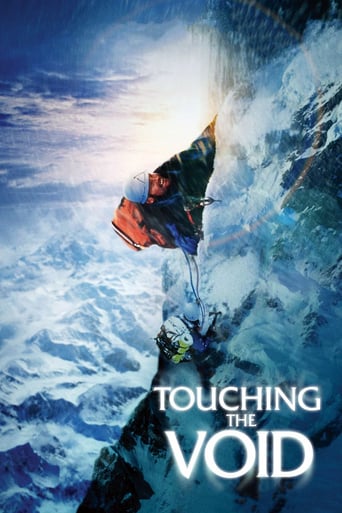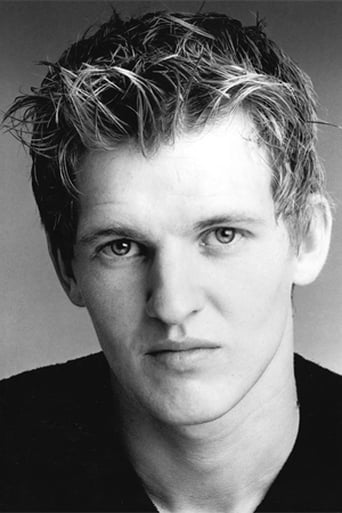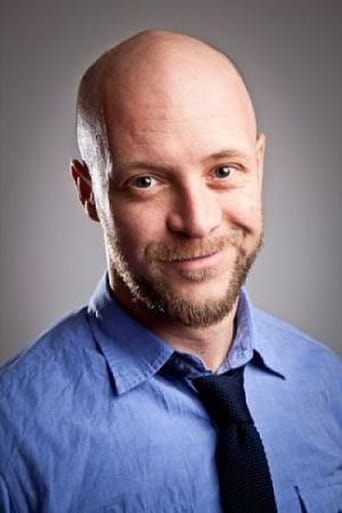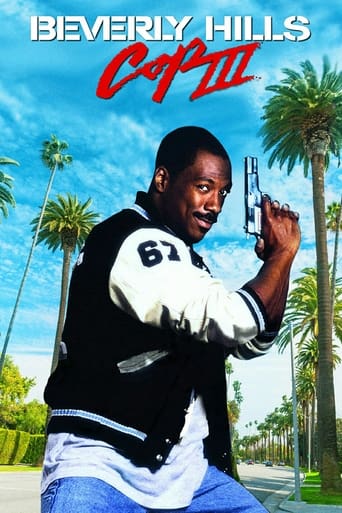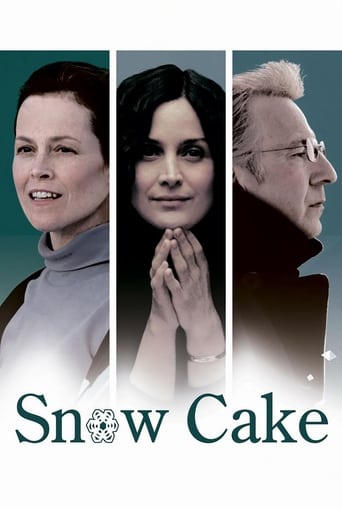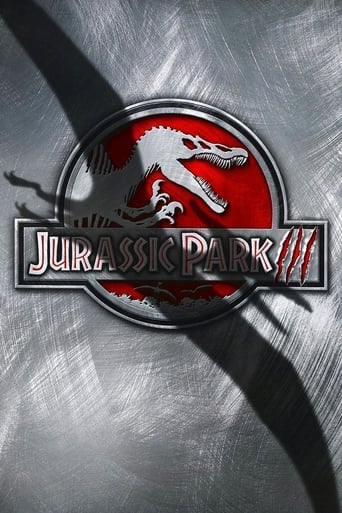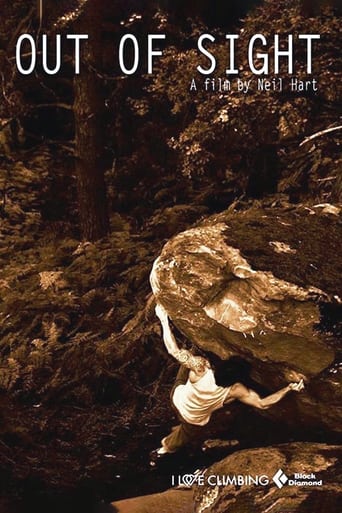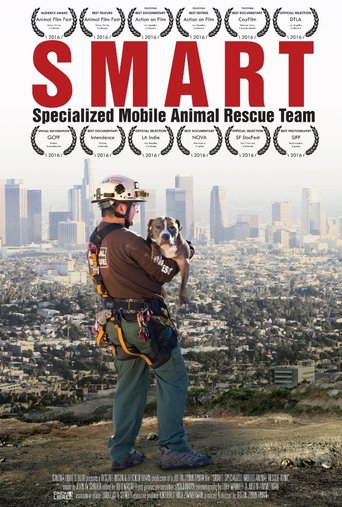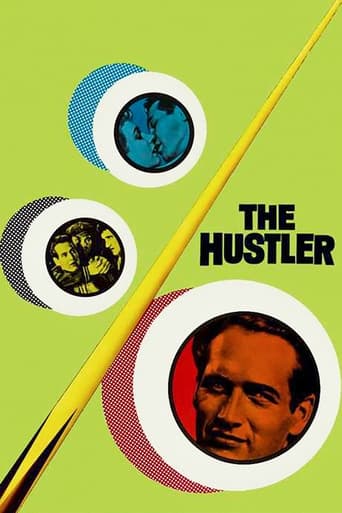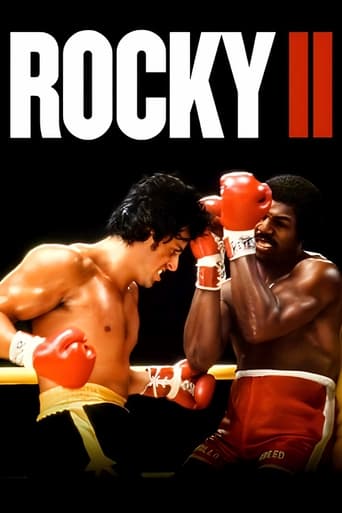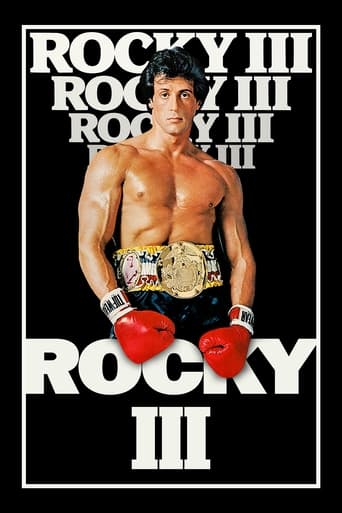Touching the Void (2003)
The true story of Joe Simpson and Simon Yates' disastrous and nearly-fatal mountain climb of 6,344m Siula Grande in the Cordillera Huayhuash in the Peruvian Andes in 1985.
Watch Trailer
Free Trial Channels
Cast


Similar titles
Reviews
Sadly Over-hyped
Dreadfully Boring
Easily the biggest piece of Right wing non sense propaganda I ever saw.
The movie is made so realistic it has a lot of that WoW feeling at the right moments and never tooo over the top. the suspense is done so well and the emotion is felt. Very well put together with the music and all.
Immersion as a capitalistic strategy Kevin Macdonald made Touching the Void in the middle of his career, when he had only made documentaries up to that point. The dramatic elements of the film foreshadowed his two following Hollywood productions The Last King of Scotland and State of Play. MacDonald has continued to alternate documentary and fiction film productions since then, most notably Life in a Day, which was composed solely of video clips from Youtube. The link between Life in a Day and Touching the Void is the manner in which MacDonald tries to immerse the audience to grab and hold of their attention. Admittedly, the method of the first is more experimental and connected to the recent trend of participative documentary. Although the providers of the clips had no influence on any aspect of the production process, so it is more correct to indicate Life in a Day as a semi-participatory documentary. In contrast, Touching the Void utilizes the claim of reality inherent to documentary film to entice the viewer into watching it. That is to say, the techniques MacDonald employs to immerse the audience in the story are based on capitalistic motivations and profitable tactics. The inherent disposition towards a realistic portrayal of events is therefore not an end but a means to acquire greater audience interest. MacDonald's film applies the same scheme as popular television drama-documentary programs on channels such as National Geographic and Discovery channel. The most apt comparison is Locked up Abroad, a program that conveys the misfortunes of the subjects several decades after the facts. Even more, both embellish the reconstruction of the events over the actual narration through interview of the characters; the reconstruction becomes the most important part, people want to see what happened, not hear about it.Consequently, all MacDonald needed for his drama-documentary was a good story he could dramatize even further. He found his story in the novel Touching the Void by Joe Simpson, who also appears in the film next to the other two persons involved in the accident, Simon Yates and Richard Hawking. The film appropriates their verbal recollections as a starting point for the reconstructions of the climbing accident in the Andes. MacDonald exploits the fact that the events portrayed are based on real events, it adds to the drama of the narrative of his documentary. He follows up on this dramatization with techniques that originate from the narrative film tradition.To start with, as Richard Falcon has mentioned: "no fiction writer would dare to invent so implausible a story" (2004). The narrative of Joe Simpson and Simon Yates is too unbelievable in a fiction setting, Hollywood had plans to adapt Joe Simpson's novel into a production starring Tom Cruise but they realized that Touching the Void can only function as a drama-documentary . The interviews need to keep reminding the viewer throughout the duration of the film that the narrative is indeed based on actual incidents. It is this need for plausibility, whereby the entire plot is revealed as the viewer is aware of Joe Simpsons survival at the start of Touching the Void, that forces MacDonald to dramatize the reconstructions in order to make a lucrative documentary.Specifically, theatrical music accompanies all but a few scenes throughout the film, ranging from sad and depressing -to emphasize the torturous position of Joe Simpson, to religious music during his triumphs. In addition, MacDonald also employs various dramatic sound effects to amplify the impact of certain accidents. These audio queues contained in Touching the Void contribute to the sense of 'being there', or how film critic Bruce Feld put it: "His work is so seamless that it is difficult to keep in mind that the actual event occurred in 1985, 18 years ago, and that we are not actually watching the harrowing climb itself." (2004)Thirdly, the reconstructions of the events rely on cinematic schemata to appear realistic. MacDonald abides by the rules of the continuity montage to avoid jarring the viewer and subsequently obstructing his or her immersion. However, Touching the Void has an advantage due to the warped perception of the Western audience regarding mountaineering. They overvalue the realism because it strongly contrasts with unrealistic fiction films such as Renny Harling's Cliffhanger (1993) or Clint Eastwood's The Eiger Sanction (1975). Additionally, actors play Joe Simpson and Simon Yates in the reconstructions in order to inhibit the discrepancy between their current and former selves in terms of age and image. MacDonald achieves two goals by casting these actors, it increases the immersive capability of the reconstructions and it takes full advantage of the dramatic nature of the narrative (Ward, 2008). In the words of Stella Bruzzi: "the role of the performance is, paradoxically, to draw the audience into the reality of the situation being dramatized, to authenticate the fictionalization." (2008)To conclude, Touching the Void started out as a potential Hollywood production, yet the unbelievable narrative could not function in a fictional setting. Nevertheless, MacDonald made his drama-documentary adaptation of the book with the same capitalistic motivation. Given that he could not rely on the star power of Tom Cruise, MacDonald had to dramatize the story and heighten the immersive nature of the reconstructions, leading to a film that was as much a thriller as it was a documentary. Touching the Void was successful owing to this combination of educational and entertainment value. The film made close to 14 million dollars at global box offices and passed the preliminary round for the Oscar for Best Documentary (Box Office Mojo, 2004). In conclusion, MacDonald has shown with his documentary that to appease the audience and film critics, realism is less important than the dramatic and immersive nature of the narrative.
This movie is if not the best, one of the best that I've ever seen. And I've seen thousands of films in 57 years of life. Some better than others, many only kilometers of film, not to say bad movies. What's more important, a new proof that nothing is accidental, I've seen TOUCHING THE VOID exactly when I needed most to see such a film: in a very difficult period of my own existence here on Earth... This film gives you strength to live, to not let yourself beaten, especially when you're on the brink of death, when you go through the hardships of life and even you try everything, everything is hostile to you. It's not only the best film in the mountain climbing genre, but also one of the best of all possible genres. 10 out of 10.
Touching the Void is a lot like Masayuki Suo's Shall We Dance. That's right, I said it.Where Shall We Dance is supposedly a romantic comedy about dancing, it proves itself to be a wonderful and layered comment on Japanese life (If you've been there - you get it) with obvious jabs at the office job and trappings of married life.Touching the Void equally on the surface, is a docu-drama about a mountain climbing disaster. Yeah, not really. Kevin McDonald's glacial disaster epic trumps Titanic and most BBC nature documentaries on what it means for a living thing to survive. It is expertly re-enacted and edited with excellent testimony from Joe Simpson, Simon Yates and Richard Hawking. This is one of the best films I have ever seen. Profound questions, metaphors and parallels from one's life flash by when viewing the gut wrenching choices each man in this story was forced to confront. For Simon, how does one cope with losing something you are attached to. How do you cut loose and move forward to survive? When do you pack up and move on?For Joe, when do you give up? How do you get up after a fall? What drives a living thing to survive at the most atomic level?Like life, the success of Touching the Void largely depends on how much you invest and bring to it. In the end, you really want to weep or cheer. Joe wins, but it feels as if we did too. I didn't need Celine Dion to tell me that - Bony M did just fine.
Touching the Void (2003)There are exactly three characters in this movie, and one amazing, almost unbelievable event. The three young men appear both as themselves, in interview form, and as characters, played by three actors who do all the actual action in the film.It's non-fiction, or "based on fact," even though it's all re-enactment. The truth is in the story, the scenes of climbing and falling and freezing and barely surviving are all made to illustrate that story. And the experience is uncanny, disturbing, exhilarating, and mind-blowing. The experience, that is, of vicariously reliving their experience. This, in essence is the film.You wouldn't think it would hold up, two hours of this. The two main climbers even tell you right at the start, by their presence in front of the camera, that they survived. So there is no wondering who died. But that's all good. What we see is not only what did actually happen so that they did not die, but also how it affected them, and how they have come to tell the story, which is not at all ordinary. Their candor, their almost chipper recounting of very horrible facts, is exciting to watch.This won't be everyone's cup of tea. I watched it the same night as "North Face," a more recent and well done story of climbers in 1936, based on facts. That movie was fictionalized, and dramatized, in a normal sense. It had no documentary edge, really. It was more beautiful and more engrossing, perhaps, but it wasn't nearly as chilling. This, "Touching the Void," finds a way to get into your bones and make you questions some very important stuff about morality, death, endurance. Both movies make clear how horrible it is to have things to wrong on a high alpine peak. The cold, the physical stress, and eventually the realization that you aren't likely to make it are in both movies. Very intense all around. And "Touching the Void" does find a special place in how the story is told, with the voiceovers of the survivors as they are apparently falling or freezing to death.

